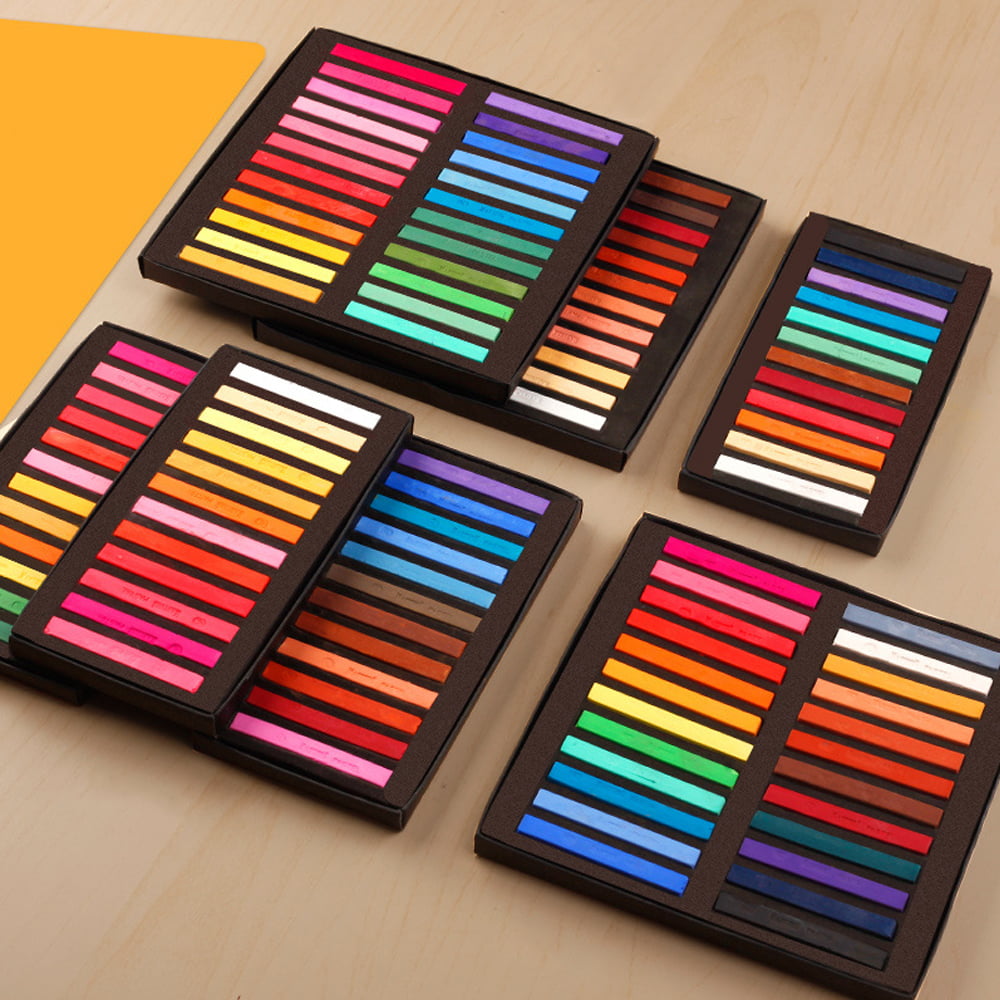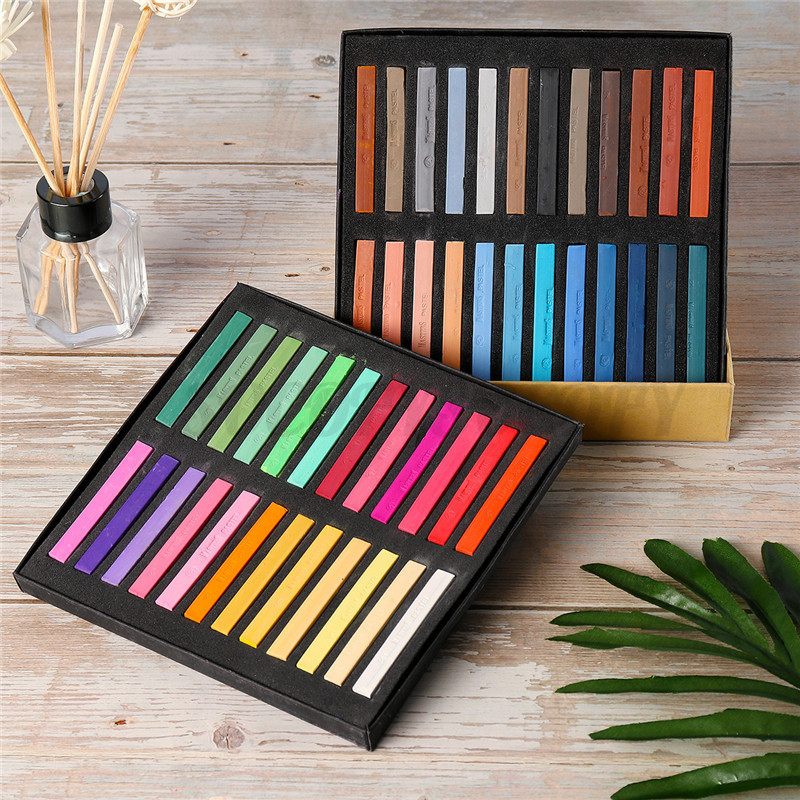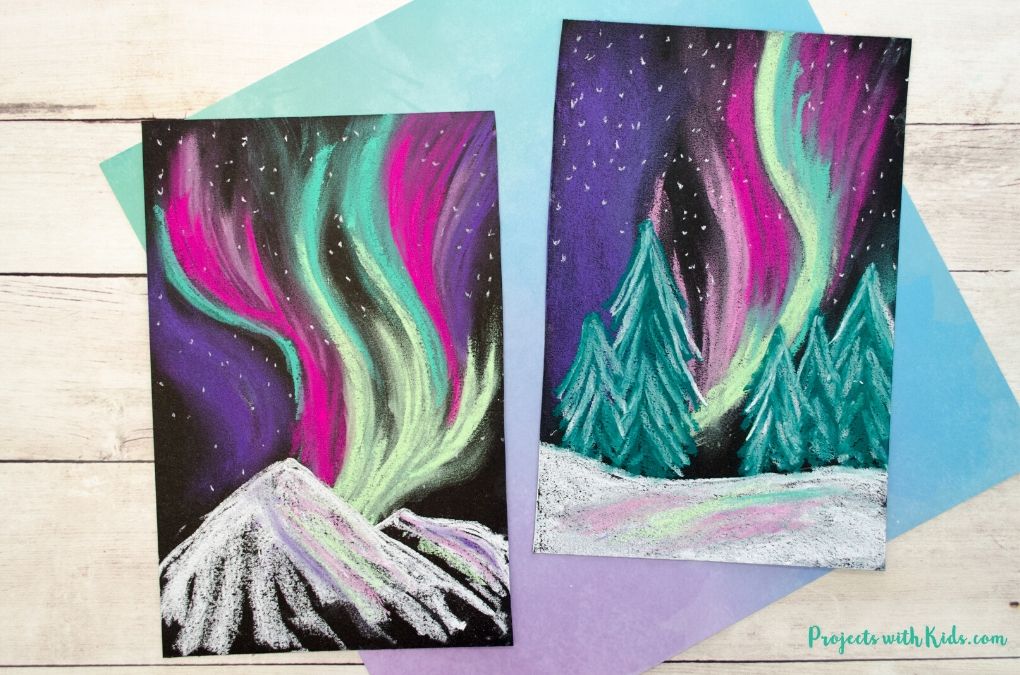

Water-soluble pastels: These are similar to soft pastels, but contain a water-soluble component, such as Polyethylene glycol.

They may be spread across the work surface by thinning with turpentine. They are dense and fill the grain of paper and are slightly more difficult to blend than soft pastels, but do not require a fixative. Oil pastels: These have a soft, buttery consistency and intense colors.In addition, pastels using a different approach to manufacture have been developed: Pastel pencils: These are pencils with a pastel lead.However, the colors are less brilliant and are available in a restricted range in contrast to soft pastels. Hard pastels are traditionally used to create the preliminary sketching out of a composition. These can be used with other pastels for drawing outlines and adding accents. Hard pastels: These have a higher portion of binder and less pigment, producing a sharp drawing material that is useful for fine details.A 21st-century invention, pan pastels can be used for the entire painting or in combination with soft and hard sticks. Pan pastels: These are formulated with a minimum of binder in flat compacts (similar to some makeup) and applied with special soft micropore sponge tools.White chalk may be used as a filler in producing pale and bright hues with greater luminosity. Finished drawings made with soft pastels require protecting, either framing under glass or spraying with a fixative to prevent smudging hairspray also works, although fixatives may affect the color or texture of the drawing. The drawing can be readily smudged and blended, but it results in a higher proportion of dust. The sticks have a higher portion of pigment and less binder.



 0 kommentar(er)
0 kommentar(er)
